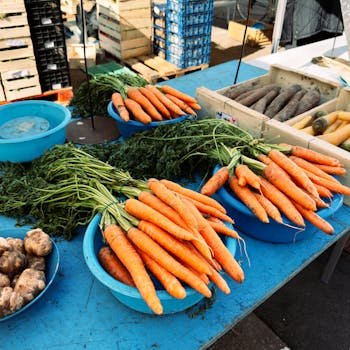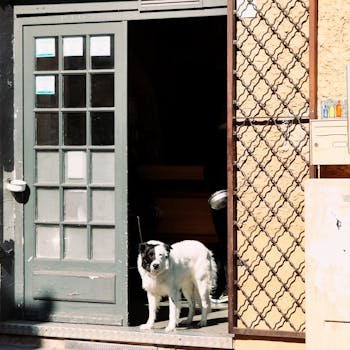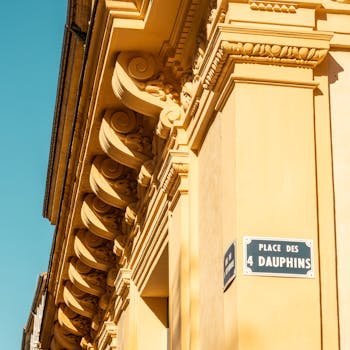Dijon: Unveiling the Charms of Burgundy’s Capital
When you hear the word Dijon, what’s the first thing that pops into your head? For most, it’s the world-famous mustard. And while Dijon mustard is undoubtedly a culinary icon, the city of Dijon, France, offers so much more than just a tangy condiment. Nestled in the heart of Burgundy, Dijon is a captivating city brimming with history, art, architecture, and, of course, incredible food and wine. In this comprehensive guide, we’ll delve deep into everything Dijon has to offer, from its medieval roots to its modern attractions, providing you with the essential information you need to plan your perfect trip.
We’ll explore the city’s UNESCO World Heritage-listed historic center, savor its gastronomic delights (mustard included!), discover its hidden gems, and provide practical travel tips to make your visit seamless and unforgettable. Get ready to experience the true essence of Dijon, a city that will tantalize your taste buds and enchant your soul.
A Journey Through Dijon’s Rich History
Dijon’s history is long and fascinating, dating back to Roman times. Its strategic location made it a vital center for trade and governance, and its fortunes rose significantly during the Middle Ages. Let’s explore some key moments:
From Roman Settlement to Ducal Powerhouse
Originally a Roman settlement called Divio, Dijon gradually evolved into a significant town. However, it was during the reign of the Dukes of Burgundy, particularly between the 11th and 15th centuries, that Dijon truly flourished. The Dukes transformed the city into a major political, economic, and artistic center, rivaling even Paris in its splendor. Their patronage attracted talented artists, architects, and scholars, leaving behind a rich legacy that is still visible today.
The Legacy of the Dukes of Burgundy
The influence of the Dukes is undeniable. They commissioned magnificent buildings, including the Palace of the Dukes (Palais des Ducs et des États de Bourgogne), which remains a stunning example of medieval and Renaissance architecture. Their court was renowned for its opulence and sophistication, and they played a crucial role in shaping the cultural identity of Dijon and the Burgundy region. Their tombs, housed in the Musée des Beaux-Arts, are masterpieces of sculpture, showcasing the artistic brilliance of the era.
Dijon Through the Ages
After the decline of the Duchy of Burgundy, Dijon became part of France. While it lost its status as a capital, it remained an important regional center. The city continued to evolve, adapting to changing times while preserving its historical heritage. Today, Dijon is a vibrant modern city that seamlessly blends its past with its present, offering visitors a unique and enriching experience. Approximately 156,000 people live in Dijon, making it a significant urban centre in the Bourgogne-Franche-Comté region.
Exploring Dijon’s Architectural Marvels
Dijon boasts a remarkable collection of architectural treasures, reflecting its rich and varied history. From medieval churches to grand palaces, the city is a feast for the eyes. Here are some must-see landmarks:
Palais des Ducs et des États de Bourgogne
The Palace of the Dukes is the undisputed centerpiece of Dijon. This sprawling complex, which evolved over several centuries, showcases a blend of architectural styles, from Gothic to Renaissance. Climb the Tour Philippe le Bon for panoramic views of the city and surrounding countryside. Inside the palace, you’ll find the Musée des Beaux-Arts, one of France’s finest art museums, home to an impressive collection of paintings, sculptures, and decorative arts. Entrance to the permanent collections of the Musée des Beaux-Arts is free.
Église Notre-Dame de Dijon
This stunning Gothic church is another architectural gem. Admire its intricate façade, adorned with gargoyles and sculptures. Don’t miss the Jacquemart clock, a charming automaton that chimes the hours. Legend has it that rubbing the owl (la chouette) on the church’s exterior brings good luck. However, be aware that the original owl has been damaged by years of touching, so be respectful of the monument.
The Charming Streets of the Historic Center
Wander through the narrow, cobbled streets of Dijon’s historic center, a UNESCO World Heritage site. Admire the half-timbered houses, elegant mansions, and hidden courtyards. Follow the Owl’s Trail (Parcours de la Chouette), a marked route that guides you to the city’s key landmarks. This is a self-guided walking tour, perfect for exploring at your own pace.
Indulging in Dijon’s Culinary Delights
No visit to Dijon is complete without indulging in its culinary scene. From its world-famous mustard to its regional specialties, Dijon offers a gastronomic adventure for every palate.
Dijon Mustard: A Culinary Icon
Of course, we have to start with Dijon mustard. Made with brown mustard seeds, white wine, and spices, Dijon mustard is known for its sharp, tangy flavor. While many mustards are now produced outside of Dijon, you can still find authentic, locally made mustard in specialty shops and markets. Visit the Maille boutique for a wide selection of mustards and other gourmet products. Remember to check customs regulations if you plan to bring a large quantity of mustard home.
Burgundian Cuisine: A Feast for the Senses
Beyond mustard, Dijon is a gateway to Burgundian cuisine, known for its rich and flavorful dishes. Sample classics like Boeuf Bourguignon (beef stewed in red wine), Coq au Vin (chicken cooked in red wine), and Escargots de Bourgogne (snails cooked in garlic butter). Pair your meal with a glass of local Burgundy wine, such as Pinot Noir or Chardonnay, for the ultimate culinary experience. The Halles market is an excellent place to find fresh, local ingredients and sample regional delicacies.
Sweet Treats: From Pain d’Épices to Cassis
Don’t forget to indulge in Dijon’s sweet treats. Try Pain d’Épices (gingerbread), a local specialty that dates back to the Middle Ages. Also, sample Crème de Cassis, a blackcurrant liqueur that is often used in cocktails like Kir Royale. Several bakeries and patisseries in Dijon offer Pain d’Épices in various flavors and sizes.
Practical Tips for Your Dijon Adventure
Planning a trip to Dijon? Here are some practical tips to help you make the most of your visit:
- Getting There: Dijon is easily accessible by train from Paris and other major cities in France. The train station is conveniently located near the city center. Consider taking the high-speed TGV train for a faster journey.
- Getting Around: The historic center of Dijon is easily walkable. The city also has a good public transportation system, including buses and trams. Consider purchasing a day pass for unlimited travel.
- Accommodation: Dijon offers a wide range of accommodation options, from budget-friendly hotels to luxury apartments. Book your accommodation in advance, especially during peak season.
- Best Time to Visit: The best time to visit Dijon is during the spring or fall, when the weather is mild and the crowds are smaller. Summer can be hot and crowded, while winter can be cold and rainy.
- Language: French is the official language. While many people in tourist areas speak English, it’s helpful to learn a few basic French phrases.
- Currency: The currency is the Euro (€). Credit cards are widely accepted, but it’s always a good idea to have some cash on hand.
Dijon: A City That Will Capture Your Heart
Dijon is more than just a mustard; it’s a city that will captivate you with its rich history, stunning architecture, delicious cuisine, and warm hospitality. Whether you’re a history buff, an art lover, a foodie, or simply looking for a charming European getaway, Dijon has something to offer everyone. So, pack your bags, brush up on your French, and get ready to discover the magic of Dijon. Start planning your adventure today!









